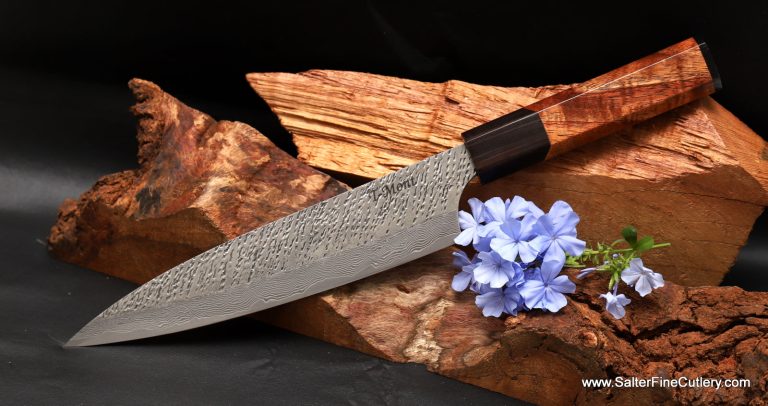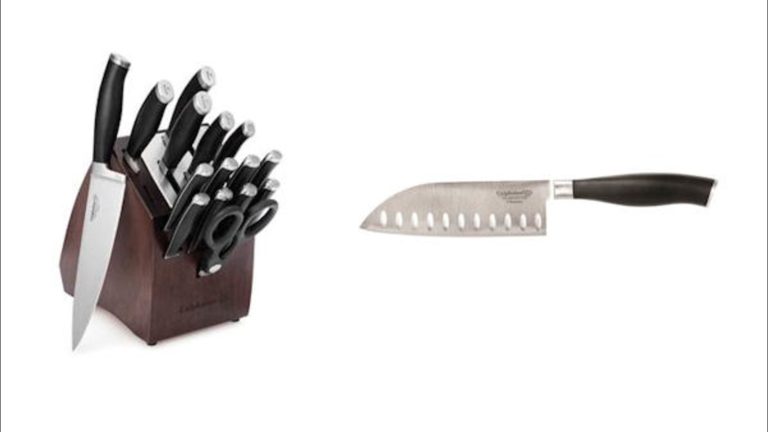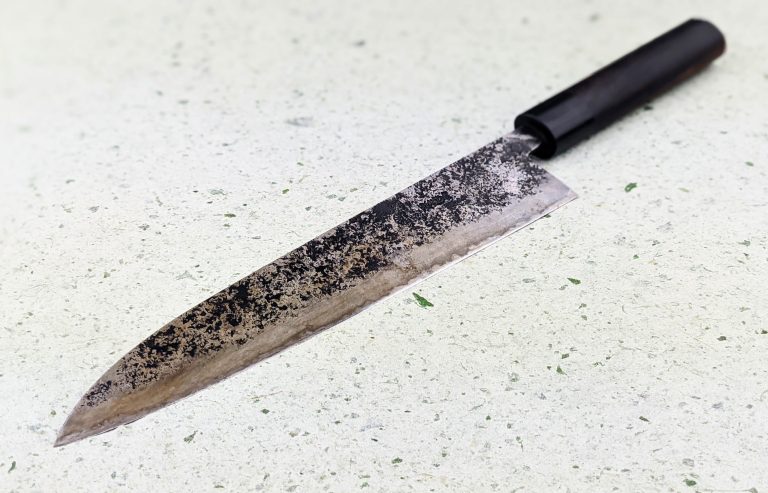Is Dining with Silver Cutlery and Knives a Healthy Practice ?

The use of silverware knifes and cutlery by kings and rulers throughout history was not solely for ostentatious display; it had practical health reasons as well. Contrary to popular belief, silverware offered more than just a status symbol. The following points shed light on the substantial benefits of eating with silverware, backed by historical practices and scientific knowledge.
1. Antibacterial Properties
Silverware, made from silver, possesses inherent antibacterial properties. This property has been recognized for centuries and was especially valuable in eras with limited sanitation and refrigeration. Silver utensils were known to help protect food from harmful bacteria present in the surrounding air.
Silver’s antibacterial properties are due to its ability to release silver ions, which have a toxic effect on many microorganisms. This property made silver a sought-after material for not only utensils but also medical instruments and wound dressings.
2. Boosts Immune System
By safeguarding food from detrimental bacteria, silverware indirectly contributes to maintaining a robust immune system. Consuming contaminated food can lead to illnesses, and using silverware was one way to reduce this risk and keep individuals healthy.
Maintaining a strong immune system is essential for overall health. By preventing foodborne illnesses, silverware can contribute to a person’s overall well-being. It’s important to note, however, that a balanced diet, regular exercise, and other factors also play significant roles in immune system health.
3. Non-Toxic Nature
Silver utensils are prized for their non-toxic properties. Unlike some other materials, which may release harmful chemicals when heated, silver does not taint food. This makes silverware a safe choice for cooking and serving meals.
When heated, some materials can leach harmful substances into food. For example, certain plastics can release chemicals that may be harmful when ingested. Stainless steel and silver, on the other hand, are known for their stability and lack of reactivity with food.
4. Microorganism Control
Historical figures like Hippocrates, often considered the Father of Medicine, acknowledged the antimicrobial properties of silver. It was viewed as a tool for killing harmful microorganisms and preventing food decay, making it a valuable asset for maintaining food freshness and safety.
In addition to its historical use, silver is still used in modern medicine for its antimicrobial properties. Silver nanoparticles are used in wound dressings, catheters, and other medical devices to help prevent infections. This demonstrates the enduring relevance of silver’s antimicrobial qualities.
5. Cooling Effect
Silver utensils were believed to impart a cooling effect on food, which could contribute to smoother digestion and potentially support the body’s metabolic processes. However, this effect is subtle and may not have a significant impact on overall health.
The concept of silver’s cooling effect on food is intriguing, but it’s important to recognize that the temperature of food is primarily determined by how it’s prepared and stored, not the utensils used. Factors such as refrigeration, cooking methods, and ambient temperature play more significant roles in food temperature.
6. Prolongs Food Freshness
Research has shown that food or beverages stored in silver utensils tend to maintain their freshness for longer periods. The antimicrobial properties of silver are thought to play a role in inhibiting microbial growth, resulting in food that stays fresh and hygienic for extended durations.
This preservation aspect of silverware is particularly valuable in regions or time periods where refrigeration and food storage options are limited. However, it’s essential to note that while silverware can help extend the shelf life of food, proper food handling and storage practices remain crucial for ensuring food safety and quality.
7. Durability and Longevity
From a practical standpoint, silverware is renowned for its durability. Silver utensils are less prone to breakage compared to ceramic or glassware, and they have a longer shelf life. This makes them a sustainable and cost-effective choice for both everyday use and special occasions.
The durability of silverware is a testament to the longevity of silver as a material. With proper care, silver utensils can last for generations, making them not only a practical choice but also an environmentally friendly one. This longevity can also make silverware a cherished family heirloom, passed down through generations.
8. Aesthetic and Psychological Aspects
While health benefits are a significant aspect of dining with silverware, it’s worth acknowledging the aesthetic and psychological elements as well. Using silverware can elevate the dining experience, creating a sense of elegance and sophistication. This can enhance one’s overall enjoyment of a meal, promoting mindful eating and reducing stress.
In the final touch, while the historical use of silverware for dining by royalty was a multifaceted practice, it’s essential to recognize that the benefits of silverware go beyond mere symbolism. Silver’s antibacterial properties, non-toxic nature, durability, and its impact on food freshness make it a valuable choice for those who prioritize hygiene and long-lasting kitchenware. However, it’s crucial to supplement the use of silverware with modern food safety practices to ensure a healthy and safe dining experience. The combination of tradition and contemporary knowledge can truly enhance the way we dine and the benefits we derive from it.






